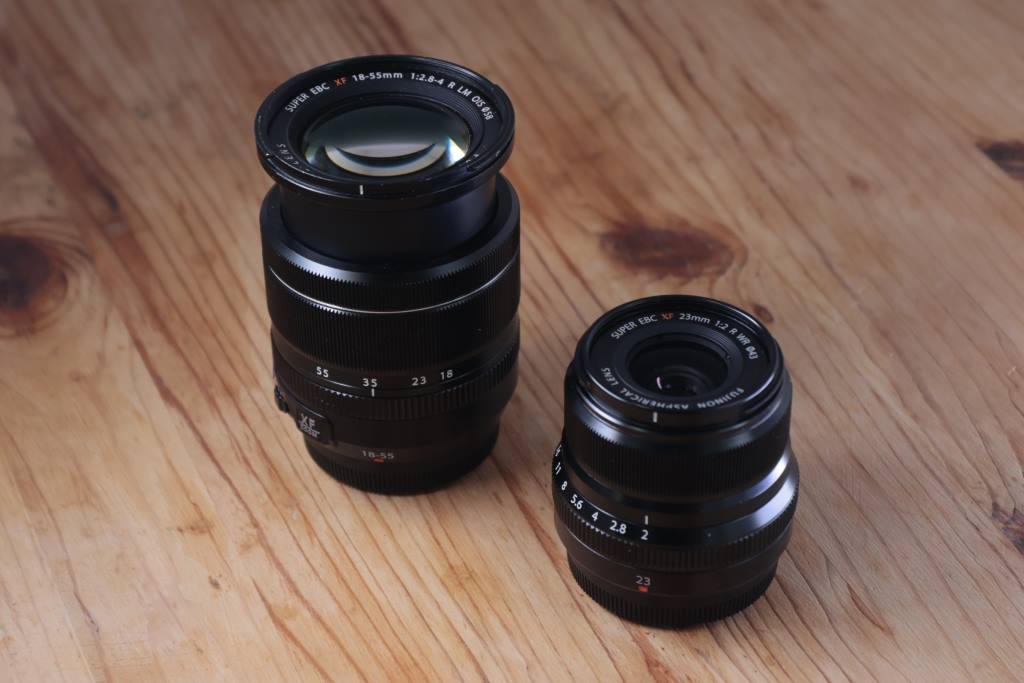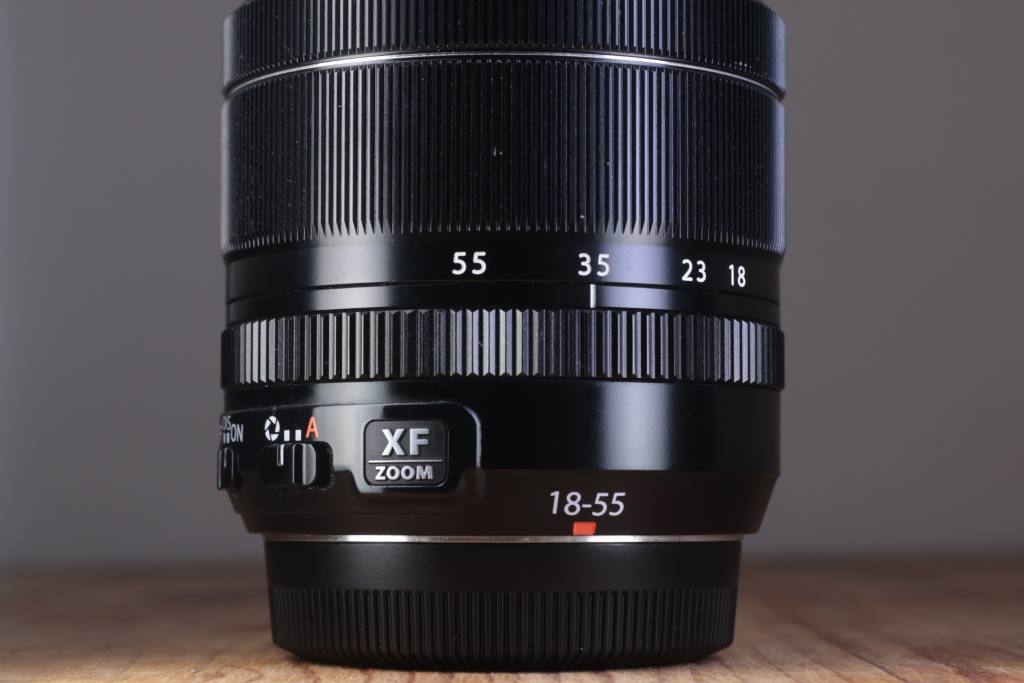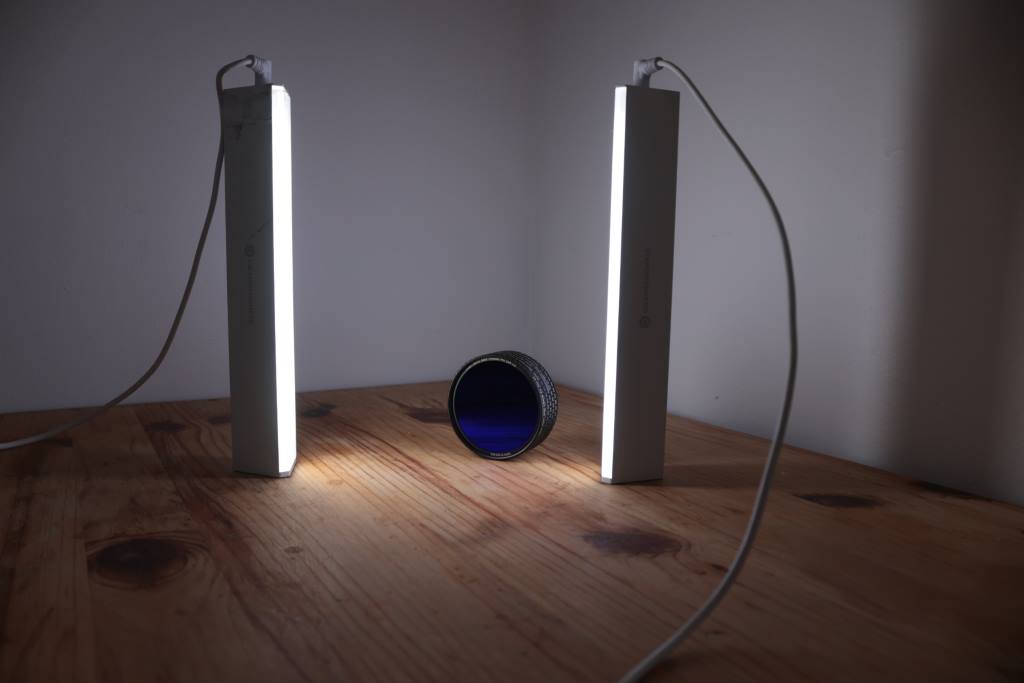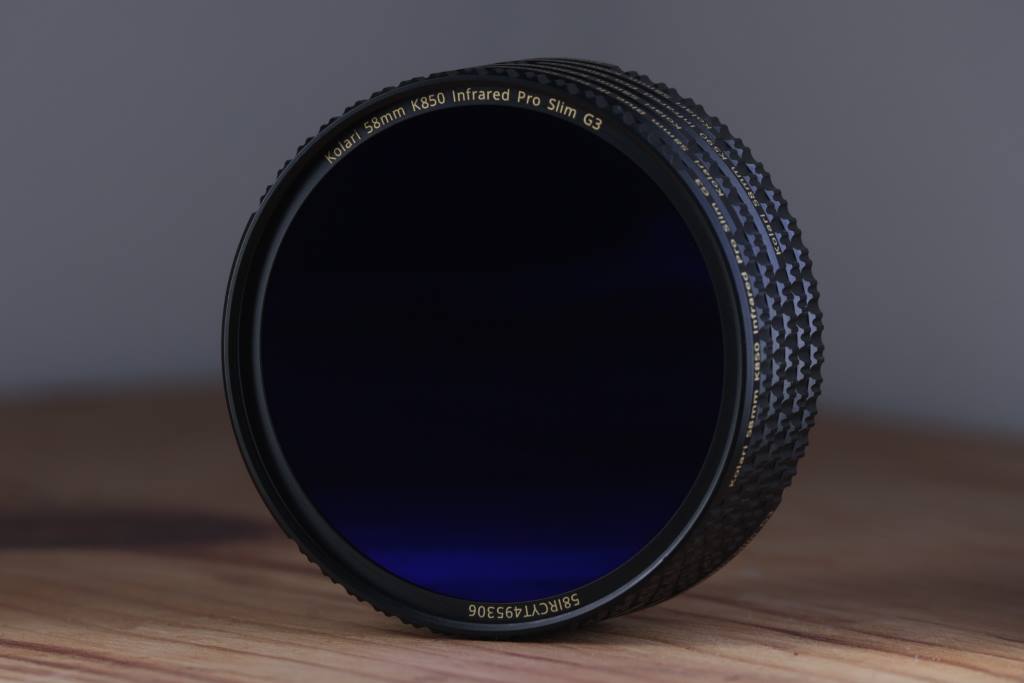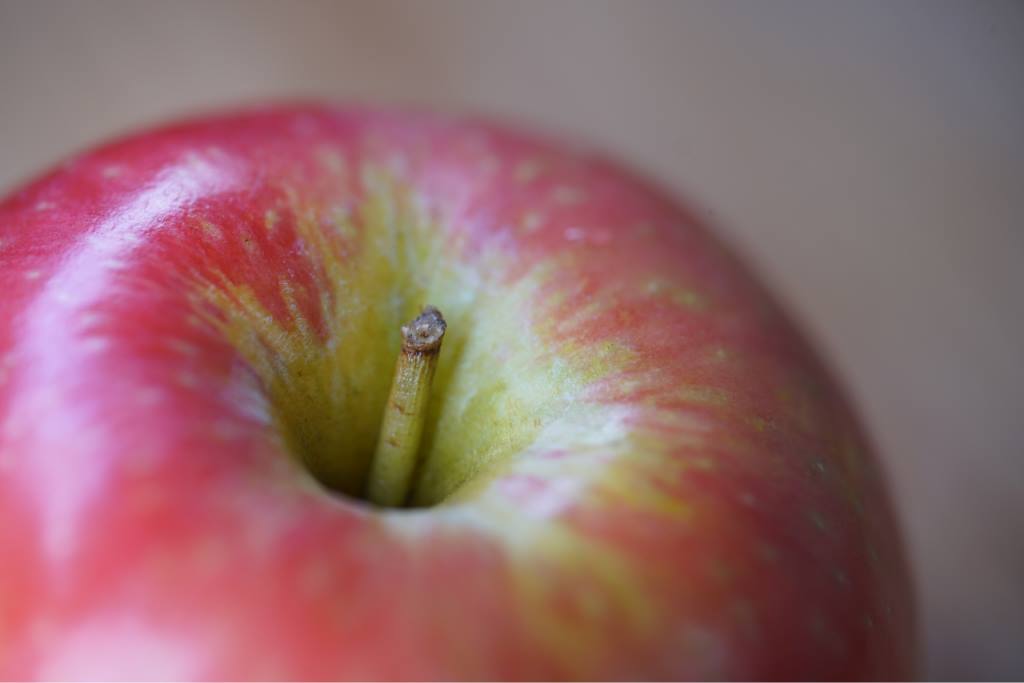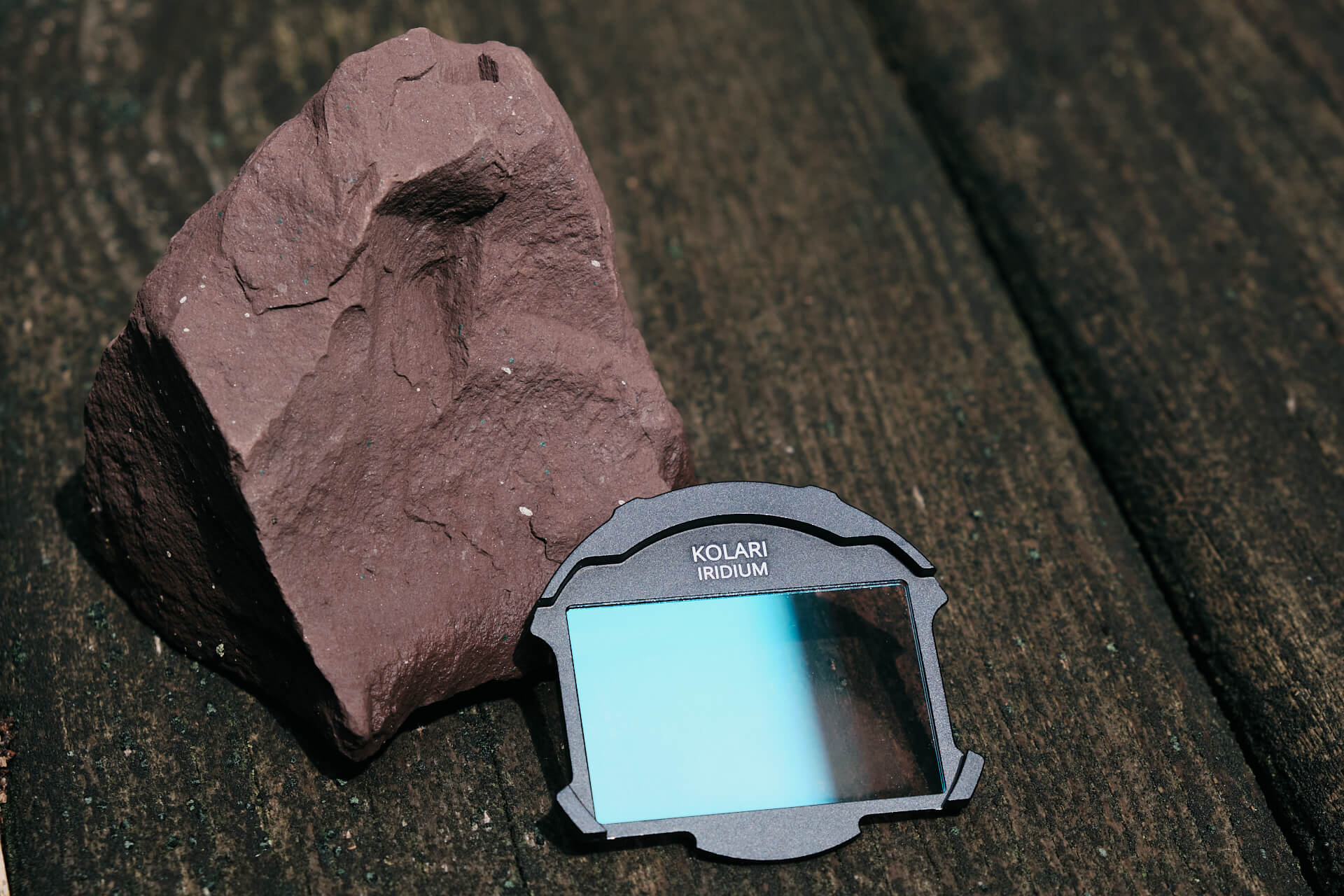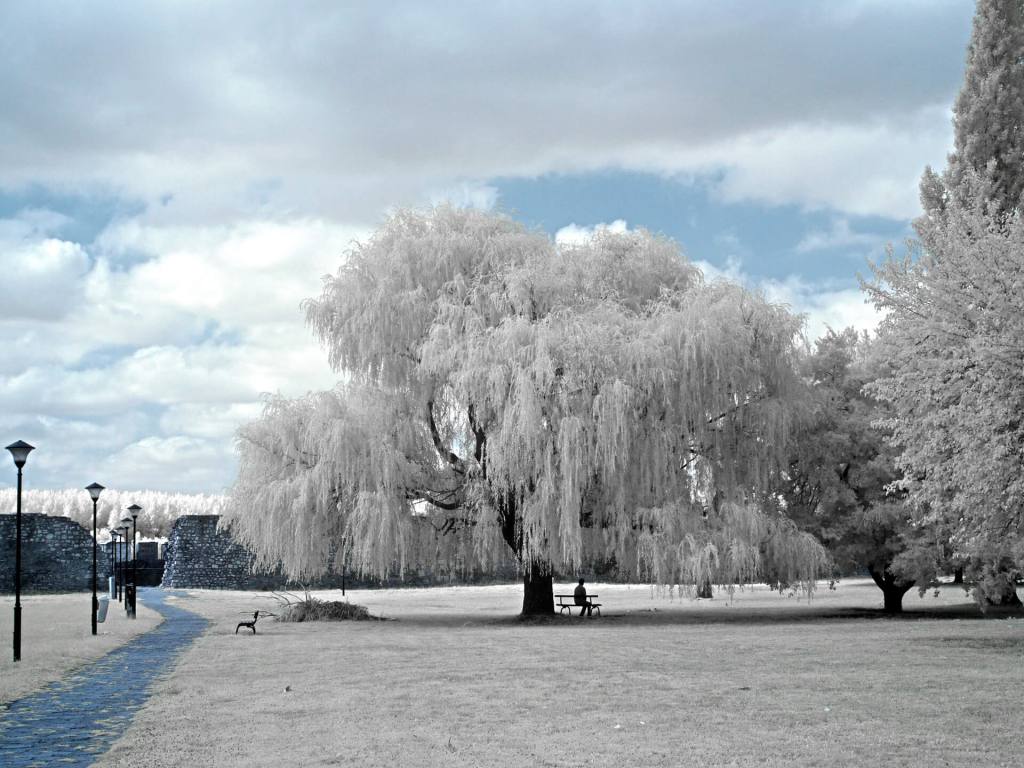Table of Contents
Overview
There are many different types of lenses on the market. When shopping for a new lens, you will see zooms, primes, different focal lengths, and different aperture ranges. But what does it all mean, and how do you choose? In this article, we will walk you through the various types of lenses and how to select the right one for your work.
The lens you use determines your relationship with your subject and how you approach taking your photos. The weight, size, and magnification of a lens can significantly impact the images you’re able to create. They can allow you to move around easily or slow you down. They can call attention to you or grant you discretion. They can put you in the middle of the action or allow you to remain an outside observer. These are all important things to consider when choosing a lens as different types of photography require different types of lenses. Allow your subject to dictate your lens.
Lens Terminology
As with anything in photography, there are several technical terms to understand when it comes to lenses. The following terms are the most important ones to bear in mind when making your selection.
Zoom vs. Prime
There are two main categories of lenses: zooms and primes. This is all about focal length, which we’ll get into next. As the name suggests, zoom lenses can zoom in and out between a shorter and longer focal length (i.e. 24-70mm). Prime lenses, on the other hand, are fixed at one particular focal length (i.e. 50mm).
Focal Length
Focal length refers to the distance in millimeters between your lens and your camera’s sensor when your subject is in focus. Focal lengths are generally referred to as either ‘short’ or ‘long’. A shorter focal length will give you a wide view, capturing more of the scene and making things appear further away. A longer focal length will give you a telephoto view, bringing you into the scene and making things appear closer.
Field of View
Field of view refers to how much of the scene you can see through the lens. A wide-angle lens, or shorter focal length, will give you a wider field of view, allowing you to see more of a scene. A telephoto lens, or longer focal length, will give you a narrower field of view, bringing you closer to your subject.
Sensor Size
Depending on your camera’s sensor size, a lens’s focal length may produce different results. A focal length that’s considered wide on one camera may be more telephoto on another. Take a look at the chart below to see how focal length translates across different sensor types.
Sensor Type | |||
|---|---|---|---|
Lens | Full Frame | APS-C | Four Thirds |
Wide-Angle | < 35mm | < 24mm | < 18mm |
Standard | 50mm | 30mm | 25mm |
Telephoto | > 70mm | > 50mm | > 40mm |
Types of Lenses
The lens you choose to use will have a major impact on how you capture your photos and how they are received. Carefully consider how the focal length will affect your physical position in relation to your subject and how that affects the viewer’s relationship to your image.
Wide-Angle Lenses
Lenses with short focal lengths are known as wide-angle lenses. Wide-angle lenses lengthen distance and allow you to capture the full scene. Because of this, you need to pay close attention to your surroundings, as these details will add context to your overall image. You will want to ensure that every little thing serves a purpose within your frame. Since wide-angle lenses make everything seem much further away, you’ll want to get close to your subject to maintain them as the focus of the photo.
Wide-angle lenses are great for shooting landscapes as they allow you to capture more of the scene, but since they make things seem so far away, any important details that appear close to the naked eye may get lost in the wider image. Because you are able to capture so much space with a wide-angle lens, your composition becomes even more imperative. Foreground interest and leading lines can help to draw attention to your focal points. Read more about this in our Comprehensive Guide to Composition.
Telephoto Lenses
Telephoto lenses are those with long focal lengths, and they have many practical uses in multiple types of photography. They are absolutely essential for things like wildlife, sports, or conflict photography, where you have to keep your distance for safety reasons. This is because they make distant subjects appear much closer.
Telephoto lenses can also allow you to remain a hidden observer and anonymously capture your subjects from afar. While telephoto lenses can be a lifesaver when you can’t physically get close to your subject, if you are capable of getting close but choose not to, the overall tone of your image can begin to shift. These photos can feel a bit predatory or threatening to the viewer. If this isn’t what you’re going for, a shorter focal length will force you to interact with your subject.
Another effect you can achieve with telephoto lenses is compressing depth. This makes the scene appear flatter and gives a more graphic look. When shooting in a vast landscape with mountain layers or a busy cityscape, this can call attention to the details you wish to focus on and allows the rest to sort of fall away into the background.
Standard Focal Length
Between long and short focal lengths is the ‘standard’ focal length. This simply means that your photo is neither too wide nor too telephoto. You can get close to your subject without being too close. Depending on the type of sensor your camera has, this can be anywhere from around 25mm to 50mm. Consider it the Goldilocks of focal lengths.
Prime and Zoom Lenses
When first learning about lenses, you may think zoom lenses are the way to go as you can carry around multiple focal lengths in a single lens. However, this is not necessarily the best way of thinking about it. While zoom lenses have a variable focal length, they also have a variable aperture. Variable apertures typically don’t offer the wider maximum apertures of prime lenses.
The wider maximum apertures available on prime lenses allow you to achieve a much shallower depth of field and, therefore, faster shutter speeds. For this reason, prime lenses generally perform better in low light than zoom lenses. Additionally, prime lenses are often lighter, less expensive, and optically superior to their zooming counterparts.
Macro Lenses
Macro lenses allow you to photograph extreme close-ups. This is perfect for photographing flowers or insects or even creating abstract forms from everyday objects. Telephoto primes tend to be the most common macro lenses as they provide excellent optical clarity and high magnification. This means you don’t have to get quite as close to your subject as you might think.
Conclusion
When choosing a lens, there are a lot of factors to consider. But instead of thinking of it in terms of what the lens does, try thinking of how it will affect your photos. Ultimately, it will be your subject and how you choose to portray it that will determine what lens you should use more so than any technical specifications.
*If you’re shooting in infrared, be sure to check out our Lens Hotspot Database to see how your lenses stack up in IR.
To stay up to date on new releases and updates, be sure to subscribe to our newsletter.
